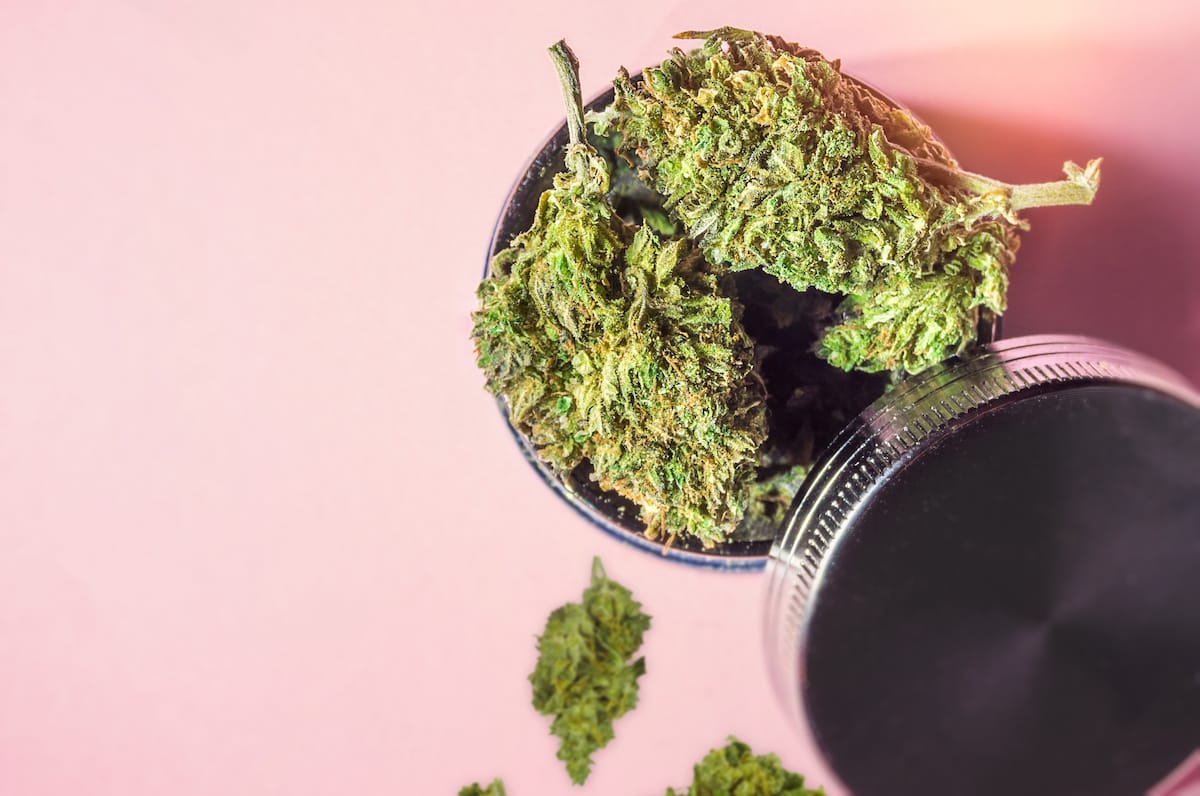Cannabis provides relief from nausea in the vast majority of patients, says new research, with products containing higher levels of THC the most effective.
More than 96 percent of patients in a new study examining the effects of cannabis on treating nausea, reported symptom relief within one hour.
The findings, published in the Journal of Clinical Gastroenterology, also found that cannabis flower containing higher levels of THC and lower levels of CBD were associated with greater symptom relief.
Nausea is a common symptom but is often difficult to treat using conventional treatments ranging from herbal remedies like ginger to prescription pharmaceuticals. Causes include food poisoning, emotional distress, gastrointestinal disorders, motion sickness, pregnancy, and chemotherapy.
According to the authors of the study, cannabis has been used to nausea for millennia.
But although its effectiveness in treating chemotherapy-induced nausea is now widely recognised, the use of cannabis for nausea remains under-researched in the general population with no studies on the time-to-relief and how relief varies with product characteristics.
Researchers at The University of New Mexico examined the effects of consuming cannabis on nausea symptoms from five minutes to one-hour post-cannabis consumption.
The study was based on data from 2,220 cannabis self-administration sessions recorded by 886 people using the Releaf App, a mobile software application designed to help users manage cannabis consumption by allowing users to record real-time changes in symptoms.
They found that using cannabis results in an average symptom improvement of nearly four points on a 0-10 scale just moments after consumption with increasing benefits over time.
The extent of nausea relief experienced by participants varied across product characteristics with flower and concentrates outperforming tinctures and edibles.
Products labeled as Cannabis sativa and “hybrid” outperformed products labeled as Cannabis indica.
Among combusted products, joints were associated with greater symptom relief than consuming via a pipe or vaporiser. The study further examined the effects of THC and CBD among consumers of cannabis flower.
Jacob Vigil, associate professor, UNM psychology department, explained: “Perhaps our most surprising result was that THC, typically associated with recreational use, seemed to improve treatment among consumers of Cannabis flower, while our CBD, more commonly associated with medical use, actually seemed to be associated with less symptom relief.”
Vigil continued: “The mechanisms behind cannabis’ ability to rapidly reduce feelings of nausea are not fully clear, but likely involve the plant’s ability to activate CB1 receptor responses to other stimuli in the central nervous system, such as the insular cortex, which is involved in interoception, conscious awareness of internal bodily states, and an example of a brain region that is naturally modulated in part by endocannabinoids that naturally develop in the human body.
“Therefore, it is unsurprising that phytocannabinoids that develop in the Cannabis plant are also effective at stimulating similar brain regions.”
But despite almost all users experiencing relief, author Sarah Stith, an assistant professor in the UNM economics department cautioned against the use of cannabis in “high-risk” populations such as pregnant women.
“Despite increasing clinical concerns regarding cyclical vomiting or hyperemesis syndrome in cannabis users, almost all users experienced relief, she added.
“Our results show that cannabis is used to treat nausea with a high rate of effectiveness, but concerns exist that its effectiveness relative to conventional options may induce high-risk populations, such as pregnant women and children, to consume cannabis.”

 News6 months ago
News6 months ago
 News6 months ago
News6 months ago
 Science5 months ago
Science5 months ago
 Industry6 months ago
Industry6 months ago
 News6 months ago
News6 months ago
 News5 months ago
News5 months ago
 Health4 months ago
Health4 months ago
 News5 months ago
News5 months ago












